

Articles
How To Store Rambutan
Modified: August 25, 2024
Discover the best way to store rambutan and keep them fresh for longer with our informative articles. Learn useful tips and techniques to extend the shelf life of these delicious tropical fruits.
(Many of the links in this article redirect to a specific reviewed product. Your purchase of these products through affiliate links helps to generate commission for Storables.com, at no extra cost. Learn more)
Introduction
Welcome to the ultimate guide on how to store rambutan, the exotic and delicious fruit native to Southeast Asia. Rambutan is known for its vibrant red skin and sweet, juicy flesh, making it a favorite among fruit enthusiasts. However, like many other fruits, rambutan needs to be stored properly to maintain its flavor, texture, and freshness over an extended period of time.
In this article, we will explore the various methods of storing rambutan, including freezing, canning, and drying. We will also discuss the shelf life of rambutan and provide you with some useful tips to ensure that your rambutan stays fresh and enjoyable for as long as possible.
Whether you have a surplus of rambutan from your garden or you simply want to stock up on this delightful fruit when it’s in season, this guide will equip you with the knowledge and techniques to store rambutan effectively. So, let’s dive in and discover the secrets to extending the shelf life of this tropical treat!
Key Takeaways:
- Store rambutan by selecting ripe fruits, handling them with care, and utilizing various methods like freezing, canning, and drying to enjoy this tropical delight year-round.
- Maximize rambutan’s shelf life with proper preparation, storage, and creative recipe experimentation. From room temperature to freezing, savor the exotic flavors of rambutan in diverse ways.
Read more: How To Grow Rambutan Seeds
Selecting Rambutan
When it comes to storing rambutan, selecting the right fruit is crucial. Here are some tips to help you choose the best rambutan for storage:
- Appearance: Look for rambutan fruits that have a vibrant red skin color. Avoid fruits that have blemishes, mold, or signs of damage.
- Firmness: Gently squeeze the rambutan fruit to assess its firmness. Choose ones that are firm but slightly soft to the touch. Avoid fruits that are too hard or too mushy.
- Weight: Pick up the rambutan and feel its weight in your hand. Ideally, choose fruits that feel heavy for their size. This indicates that they are juicy and ripe.
Additionally, if you have the opportunity, try to select rambutan fruits that are freshly harvested or at the peak of ripeness. This will ensure that you store fruits with the best flavor and texture.
Remember, the quality of the rambutan you select will greatly impact its shelf life. So, take your time to choose ripe, fresh, and healthy fruits to maximize the storage potential of your rambutan.
Preparing Rambutan for Storage
Before storing rambutan, it is important to properly prepare the fruits to extend their shelf life and maintain their quality. Follow these steps to prepare rambutan for storage:
- Wash the Fruit: Start by washing the rambutan fruits under cold running water. This will help remove any dirt, debris, or pesticide residue that may be present on the skin.
- Dry the Fruit: After washing, gently pat the rambutan fruits dry using a clean kitchen towel or paper towels. Removing excess moisture prevents the growth of mold and prolongs their shelf life.
- Remove the Stem: Use a sharp knife or scissors to carefully cut off the stem of each rambutan fruit. This step will help prevent the stem from piercing the skin of neighboring fruits during storage, which can lead to spoilage.
- Sort and Discard: Inspect each rambutan fruit and remove any damaged or overripe ones. These fruits may spoil quickly and can affect the quality of the remaining fruits during storage.
By thoroughly washing, drying, and removing the stem, you are ensuring that the rambutan fruits are clean, dry, and free from potential contaminants. This will promote longer shelf life and help maintain the freshness of the stored rambutan.
Now that you have prepared the rambutan fruits for storage, let’s explore the various methods of storing rambutan to keep them fresh and delicious.
Storing Rambutan
Once you have prepared your rambutan fruits, it’s time to store them properly to maintain their flavor and texture. Here are a few storage methods to consider:
Room Temperature Storage:
Rambutan can be stored at room temperature for a few days, especially if they are already ripe. Keep them in a cool, dry place away from direct sunlight and heat sources. However, keep in mind that the shelf life of rambutan stored at room temperature is relatively short compared to other storage methods.
Read more: How To Grow Rambutan From Seed
Refrigerator Storage:
To extend the shelf life of rambutan, refrigeration is the best option. Place the rambutan fruits in a breathable container or perforated plastic bag and store them in the refrigerator. The optimal temperature for storing rambutan in the fridge is between 45°F (7°C) and 50°F (10°C). This will help slow down the ripening process and maintain the fruits’ freshness for up to a week.
Freezing Rambutan:
If you want to store rambutan for a longer period, freezing is an excellent option. Start by peeling the fruits, removing the seeds, and placing the flesh in an airtight container or freezer bag. Ensure that you remove as much air as possible before sealing. Frozen rambutan can be stored for up to 6 months. However, keep in mind that freezing can affect the texture, and the fruits may become slightly mushy after thawing.
Canning Rambutan:
Canning rambutan is another great way to preserve their flavor and enjoy them throughout the year. This method involves placing peeled and seeded rambutan fruits in syrup or brine and sealing them in sterilized jars. The canned rambutan can be stored in a cool, dark place for up to a year.
Remember to label the containers or jars with the date of storage to keep track of their freshness.
Depending on your preferences and the desired shelf life, choose the storage method that suits you best. Now, let’s explore some additional options for storing rambutan.
Freezing Rambutan
If you want to extend the shelf life of rambutan for an extended period, freezing is an excellent option. Freezing rambutan allows you to enjoy this delicious tropical fruit even when it’s out of season. Here’s how to freeze rambutan:
- Peel the Rambutan: Start by peeling the rambutan fruits. Use a sharp knife to make a shallow cut around the circumference of the fruit’s skin. Be careful not to cut too deep to avoid piercing the flesh. Peel off the skin, exposing the juicy fruit inside.
- Remove the Seed: Once the rambutan is peeled, gently remove the seed from the center of the fruit. The seed is not edible and should be discarded.
- Slice or Keep Whole: Depending on your preference, you can either freeze the rambutan fruits in whole or slice them. Sliced rambutan is ideal if you plan to use them in smoothies or desserts, while whole fruits are great for enjoying as is.
- Arrange on a Freezing Tray: Place the peeled and seeded rambutan on a tray lined with parchment paper, making sure to leave space between each fruit. This prevents them from sticking together when frozen.
- Flash Freeze: Transfer the tray of rambutan to the freezer and allow them to freeze for about 1 to 2 hours. This initial freezing phase, known as flash freezing, prevents the fruits from clumping together and allows for easy portioning later.
- Transfer to Freezer Bags or Containers: Once the rambutan fruits are flash frozen, transfer them into airtight freezer bags or containers. Squeeze out as much air as possible before sealing to prevent freezer burn. Label the bags or containers with the date of freezing.
- Store in the Freezer: Place the sealed bags or containers in the freezer. Frozen rambutan can be stored for up to 6 months, but for the best quality, it is recommended to use them within 3 months.
Frozen rambutan can be added directly to smoothies, used as a refreshing ice cream topping, or thawed and enjoyed as a frozen treat. Remember that the texture of thawed rambutan may be slightly softer compared to fresh fruits.
Freezing rambutan is a convenient way to preserve this exotic fruit and enjoy it even when it’s not in season. Now that you know how to freeze rambutan, let’s explore other preservation methods such as canning and drying.
Read more: What Happens If You Eat A Rambutan Seed
Canning Rambutan
Canning rambutan is an excellent option if you want to preserve their flavor and enjoy them throughout the year. Canned rambutan makes a delicious addition to fruity desserts, salads, and even savory dishes. Here’s how to can rambutan:
- Peel and Seed the Rambutan: Start by peeling the rambutan fruits. Use a sharp knife to make a shallow cut around the circumference of the fruit’s skin. Peel off the skin, revealing the juicy flesh inside. Gently remove the seed from the center of the fruit.
- Prepare the Syrup: In a saucepan, prepare a light syrup by combining water and sugar. The ratio typically used is 3 parts water to 1 part sugar. Bring the syrup to a gentle boil, stirring until the sugar is completely dissolved.
- Pack the Rambutan in Jars: Sterilize your canning jars and lids by boiling them or running them through a dishwasher cycle. Fill each jar with the peeled and seeded rambutan, leaving about an inch of headspace at the top. Avoid overcrowding the jars to ensure the fruits are fully submerged in the syrup.
- Add the Syrup: Pour the hot syrup over the rambutan in each jar, covering the fruits completely. Leave about a ½ inch of headspace to allow for expansion during the canning process. Use a non-metallic utensil to remove any air bubbles from the jars by gently tapping the sides.
- Seal the Jars: Wipe the rims of the jars to remove any syrup or residue. Place the sterilized lids on the jars and screw on the bands until they are fingertip tight. This allows for proper sealing during the canning process.
- Process the Jars: Place the filled and sealed jars in a canning pot or large stockpot. Make sure the jars are fully submerged in water, with at least an inch of water covering them. Bring the water to a boil and process the jars according to the recommended processing time for the size of the jars and your location’s altitude.
- Cool and Store: Once the jars have been processed, carefully remove them from the canning pot and place them on a towel-lined countertop. Allow the jars to cool completely. As they cool, you may hear a popping sound, indicating that the jars have properly sealed. Store the cooled, sealed jars in a cool, dark place for up to a year.
Canned rambutan can be enjoyed straight from the jar, added to desserts, or used in various recipes to add a burst of tropical flavor. Just make sure to check the seals before consuming. If a jar did not seal properly, refrigerate it and consume the contents within a few days.
Canning rambutan allows you to enjoy the taste of this exotic fruit anytime, even when it’s out of season. Now that you know how to can rambutan, let’s explore another method of preserving rambutan: drying.
Drying Rambutan
Drying rambutan is a fantastic way to preserve this exotic fruit while concentrating its natural sweetness. Dried rambutan makes for a delicious and nutritious snack that can be enjoyed on its own or added to various recipes. Here’s how to dry rambutan:
- Peel the Rambutan: Start by peeling the rambutan fruits. Make a shallow cut around the circumference of the fruit’s skin using a sharp knife. Peel off the skin and discard it.
- Remove the Seed: Carefully remove the seed from the center of the rambutan fruit. The seed is not edible and can be discarded.
- Preserve the Fruit’s Shape (Optional): To preserve the shape of the rambutan as it dries, you can blanch the peeled and seeded fruits in boiling water for a minute and immediately transfer them to an ice bath. This helps firm up the flesh and prevent it from collapsing during the drying process.
- Choose a Drying Method: There are a few methods you can use to dry rambutan:
- Sun Drying: Place the prepared rambutan fruits on a drying rack or a clean, mesh-covered tray. Arrange them in a single layer to ensure proper air circulation. Place the tray in a sunny location with good airflow. Turn the fruits occasionally to ensure even drying.
- Dehydrator: If you have a food dehydrator, spread the peeled and seeded rambutan fruits on the dehydrator trays, making sure they are not overlapping. Set the dehydrator to a low temperature, around 135°F (57°C), and let them dry for 8 to 12 hours or until they are adequately dried.
- Oven Drying: If you don’t have a dehydrator, you can use your oven to dry rambutan. Place the prepared fruits on a baking sheet lined with parchment paper. Set the oven to the lowest temperature, around 140°F (60°C), and let them dry for 4 to 6 hours or until they are dried.
- Check for Dryness: The drying time will depend on the method used and the size of the rambutan fruits. The fruits are considered dry when they are slightly leathery and no longer sticky to the touch. When you press on the flesh, it should feel firm but pliable.
- Store the Dried Rambutan: Once the rambutan fruits are dried, allow them to cool completely. Transfer them into airtight containers or resealable bags. Store the dried rambutan in a cool, dry place away from sunlight and moisture. Properly dried rambutan can last for several months.
Dried rambutan can be enjoyed as a healthy snack on its own, added to trail mixes, granola, or baked goods, or rehydrated and used in various recipes. It’s a convenient and portable way to savor the delightful taste of rambutan year-round.
Now that you know how to dry rambutan, you can enjoy the delicious flavors of this tropical fruit even when it’s not in season. Let’s move on to discussing the shelf life of rambutan and some tips for storing it effectively.
Store rambutan in a cool, dry place away from direct sunlight. You can also refrigerate them in a perforated plastic bag for up to one week.
Shelf Life of Rambutan
The shelf life of rambutan can vary depending on how it is stored. Here are some guidelines to help you understand the typical shelf life of rambutan:
- Room Temperature Storage: Rambutan stored at room temperature can last for a few days, typically up to 3 to 5 days. However, it is important to note that room temperature storage has a relatively short shelf life compared to other methods.
- Refrigerator Storage: When stored properly in the refrigerator, rambutan can last for up to a week. The cool temperature slows down the ripening process and helps maintain the fruit’s freshness. Remember to place the rambutan in a breathable container or perforated plastic bag to prevent them from becoming too moist.
- Frozen Rambutan: Rambutan can be frozen for up to 6 months while still maintaining its flavor and texture. However, it’s best to consume frozen rambutan within 3 months for better quality.
- Canned Rambutan: Canned rambutan, when stored in a cool, dark place, can last for up to a year. It is essential to ensure that the jars are properly sealed and have no signs of spoilage before consumption.
- Dried Rambutan: Properly dried rambutan, stored in airtight containers, can last for several months to a year. However, the texture and taste may change over time, so it’s best to consume them within the first few months for the best quality.
It’s important to note that these are general guidelines, and the exact shelf life of rambutan may vary depending on factors such as fruit quality, ripeness, and storage conditions. Always use your judgment and inspect the fruit before consuming if it has been stored for a prolonged period.
Now that you have an idea of how long rambutan can last under different storage methods, let’s explore some tips to help you store rambutan effectively.
Tips for Storing Rambutan
To ensure that your rambutan stays fresh and enjoyable for as long as possible, here are some helpful tips for storing rambutan:
- Choose Ripe Fruits: Select rambutan fruits that are fully ripened for longer shelf life. Ripe fruits are sweeter and have a better texture. Avoid storing unripe or overly ripe fruits as they may spoil quickly.
- Handle with Care: Rambutan fruits are delicate, so handle them gently to avoid bruising or damage. Rough handling can cause the fruits to spoil more quickly.
- Keep Clean and Dry: Ensure that the rambutan fruits are clean and dry before storing them. Moisture can accelerate the growth of mold or bacteria, leading to spoilage. Pat dry the washed fruits before storage.
- Avoid Overcrowding: When storing rambutan, do not overcrowd them in a container or bag. Overcrowding can lead to increased moisture and air circulation issues, causing the fruits to spoil faster. Leave some space between the fruits to allow for proper airflow.
- Check for Spoilage: Regularly inspect your stored rambutan for any signs of spoilage. Discard any fruits that show mold, discoloration, or unpleasant odors. Removing spoiled fruits promptly can prevent the spread of spoilage to other fruits.
- Rotate the Stock: If you have a larger quantity of rambutan, rotate the stock by using the older fruits first. This helps ensure that none of the fruits go bad while sitting in storage for too long.
- Utilize Different Storage Methods: Consider using a combination of storage methods, such as refrigeration, freezing, canning, or drying, to diversify the ways you enjoy rambutan and extend its shelf life.
- Label and Date: If you choose to store rambutan using canning, freezing, or drying methods, be sure to label the containers or bags with the date of storage. This will help you keep track of their freshness and use them within the recommended timeframe for the best quality.
- Pre-portion if Necessary: If you plan to consume rambutan over an extended period, you can pre-portion them before freezing or canning. This way, you can thaw or open only the required amount at a time, reducing waste.
- Experiment with Recipes: Don’t be afraid to get creative with your stored rambutan. Explore different recipes like jams, jellies, sauces, or desserts to enjoy the exotic flavor of rambutan in various ways.
By following these tips, you can maximize the shelf life of your rambutan and be able to enjoy its unique taste and texture for a more extended period.
Now that you have a thorough understanding of how to store rambutan and the tips to maintain its freshness, you can confidently preserve this tropical fruit and savor its delightful flavors throughout the year.
Read more: How To Store Store-Bought Bread
Conclusion
Congratulations! You are now equipped with all the knowledge you need to store rambutan and keep it fresh and flavorful. Rambutan, with its vibrant red skin and sweet, juicy flesh, is a true tropical delight. By properly selecting, preparing, and storing rambutan, you can enjoy its unique taste throughout the year and even during the off-season.
We discussed various methods of storing rambutan, including room temperature storage, refrigeration, freezing, canning, and drying. Each method offers its own advantages and allows you to enjoy rambutan in different ways. Whether you prefer the convenience of frozen rambutan for smoothies, the versatility of canned rambutan for desserts, or the chewiness of dried rambutan as a snack, there’s a storage method to suit your needs.
Remember to choose ripe fruits, handle them with care, and keep them clean and dry before storage. Avoid overcrowding and regularly check your stored rambutan for any signs of spoilage. By rotating your stock and utilizing different storage methods, you can prolong the shelf life of rambutan and minimize wastage.
Now it’s time for you to put this knowledge into practice. Whether you have an abundance of rambutan from your garden or want to take advantage of the availability of this unique fruit, you can now confidently store it for future enjoyment. Get creative with your stored rambutan and experiment with various recipes to unlock the full potential of this tropical treat.
So go ahead, stock up on fresh rambutan when it’s in season, prepare it for storage using your preferred method, and savor the taste of this exotic fruit all year round. Enjoy the delightful flavors of rambutan and explore the countless culinary possibilities it offers!
Frequently Asked Questions about How To Store Rambutan
Was this page helpful?
At Storables.com, we guarantee accurate and reliable information. Our content, validated by Expert Board Contributors, is crafted following stringent Editorial Policies. We're committed to providing you with well-researched, expert-backed insights for all your informational needs.


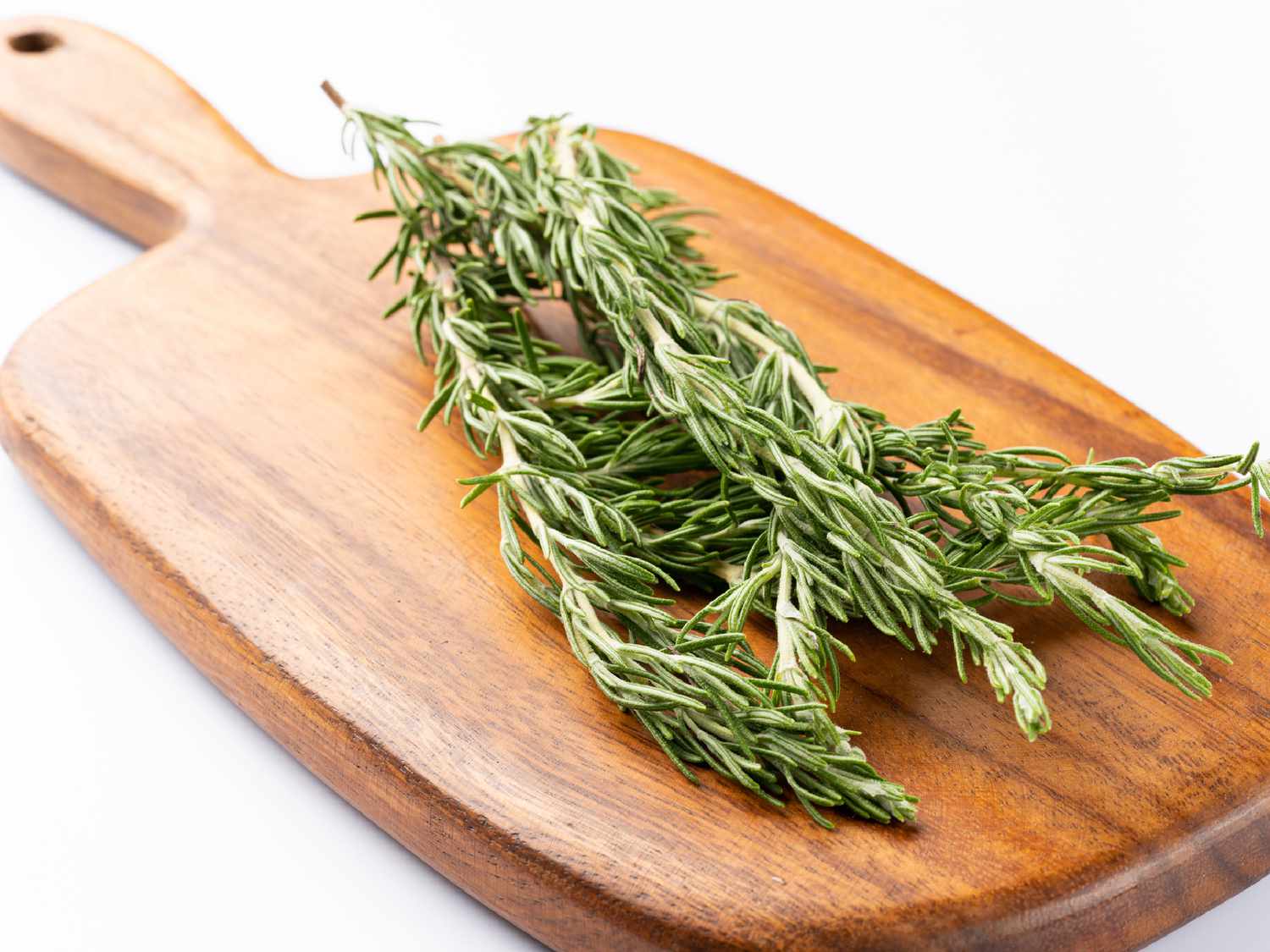


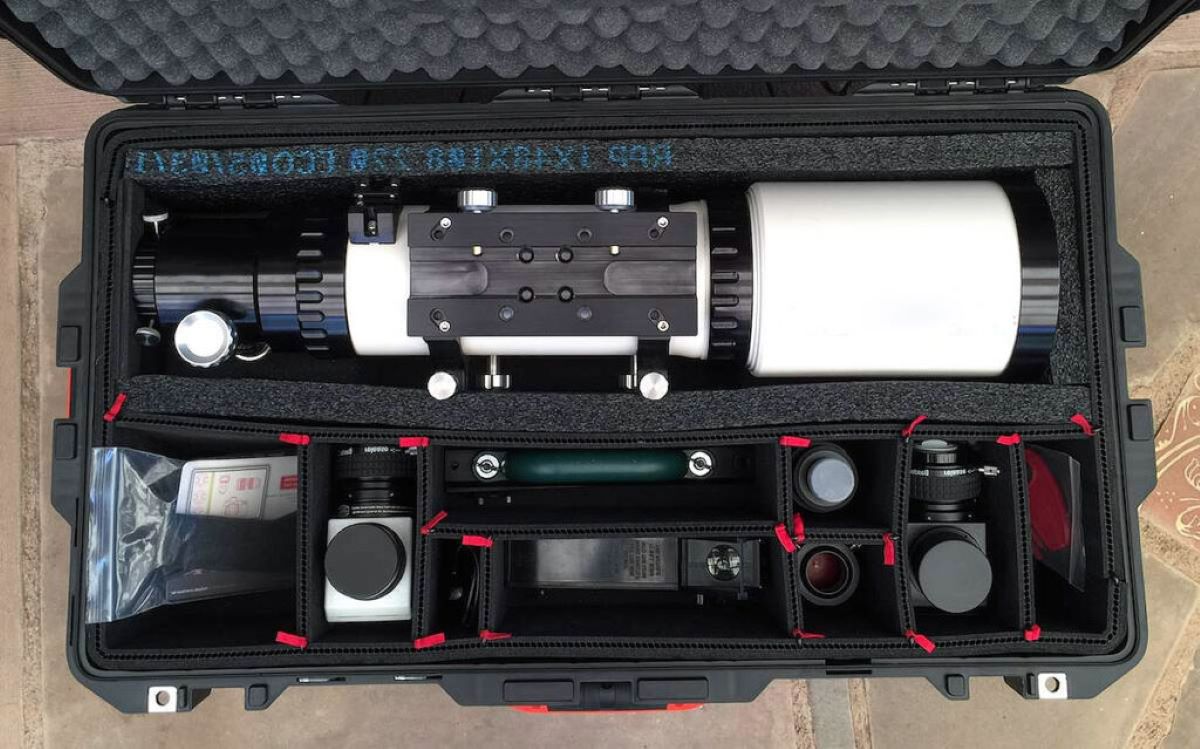

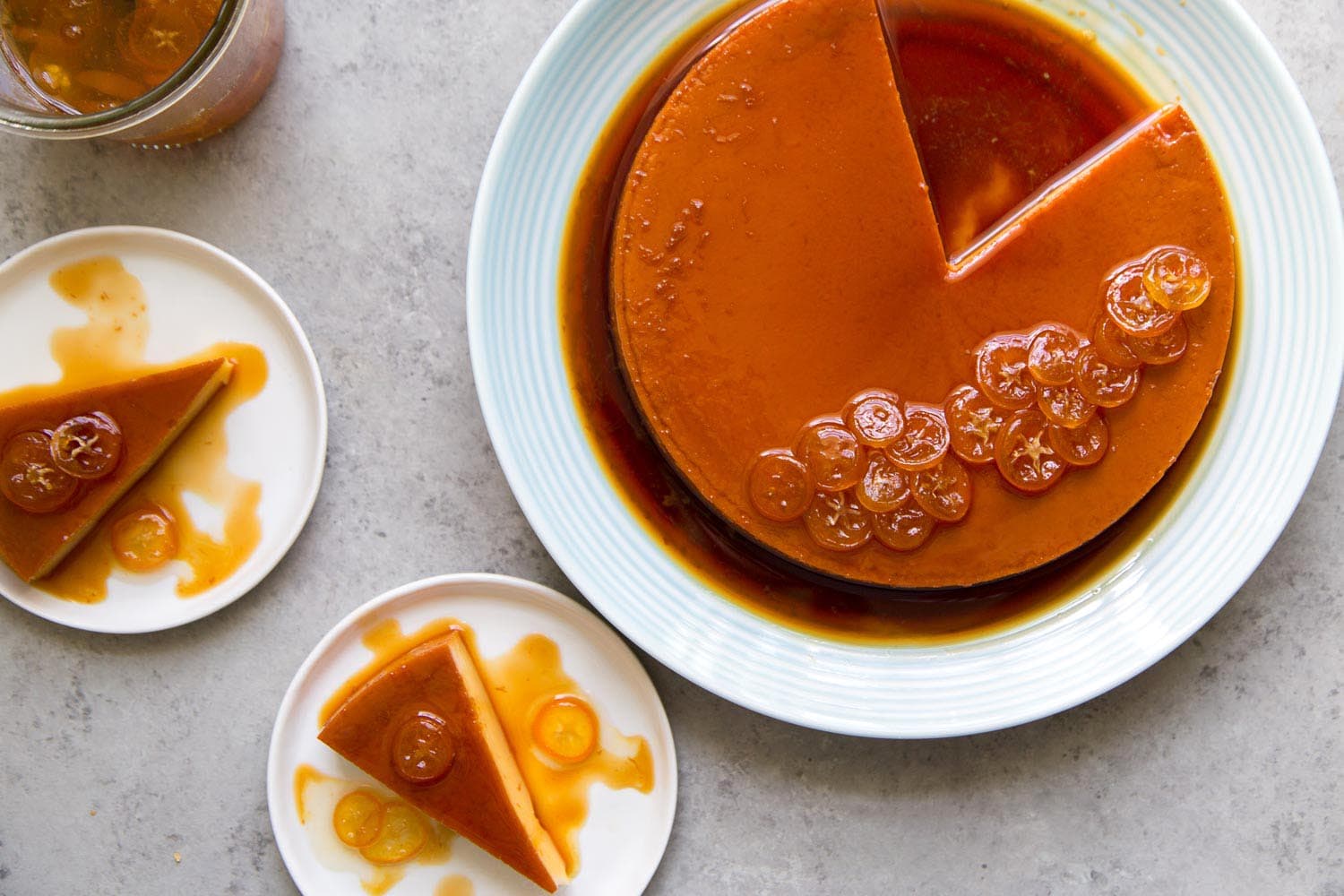
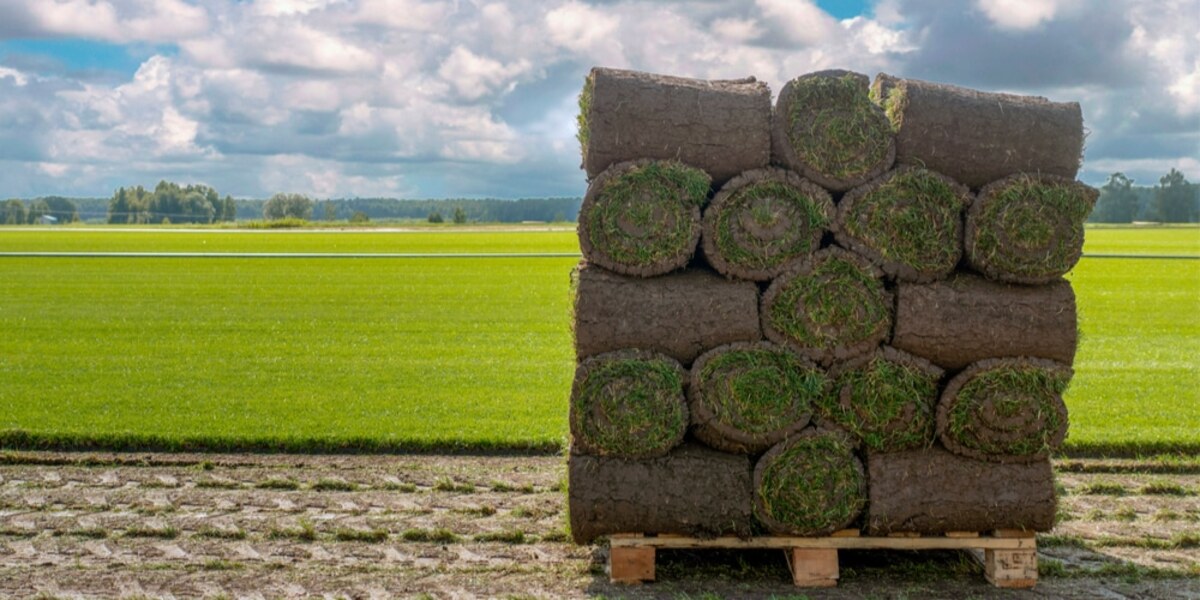
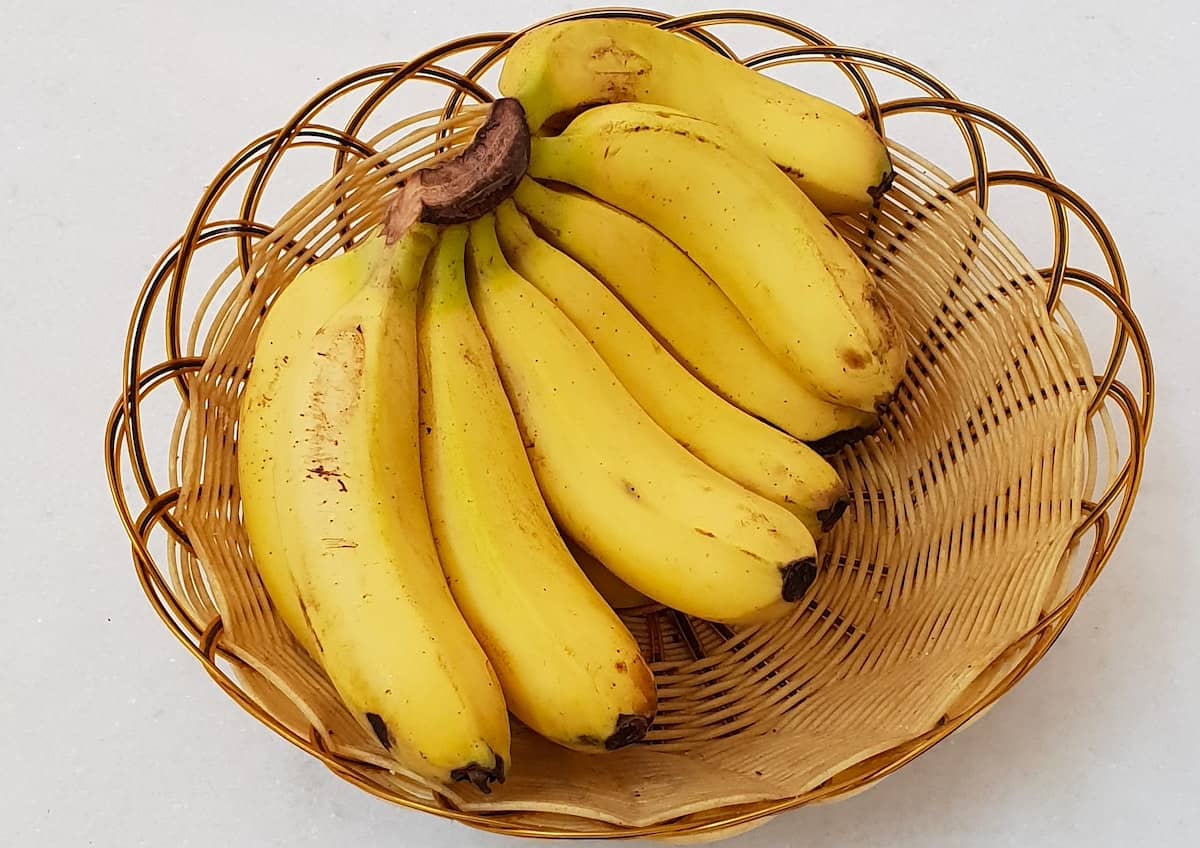



0 thoughts on “How To Store Rambutan”